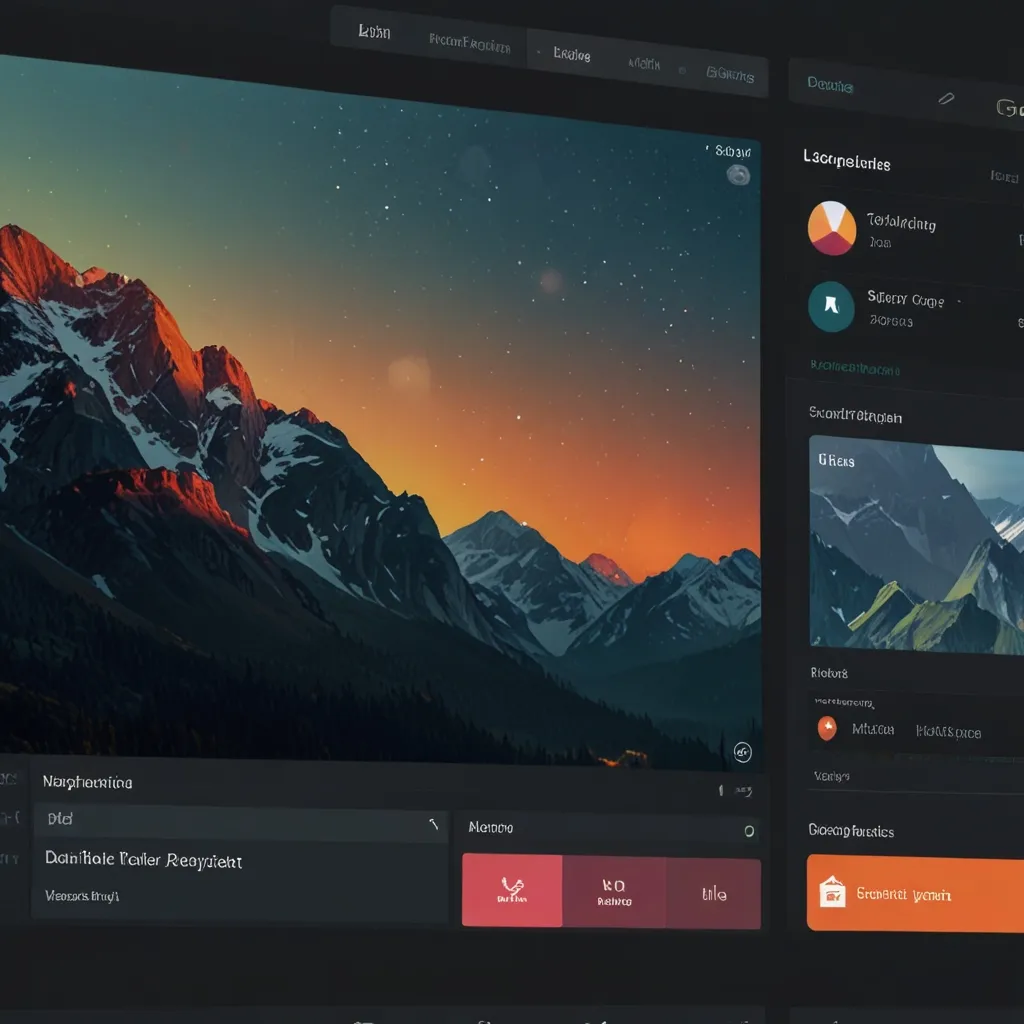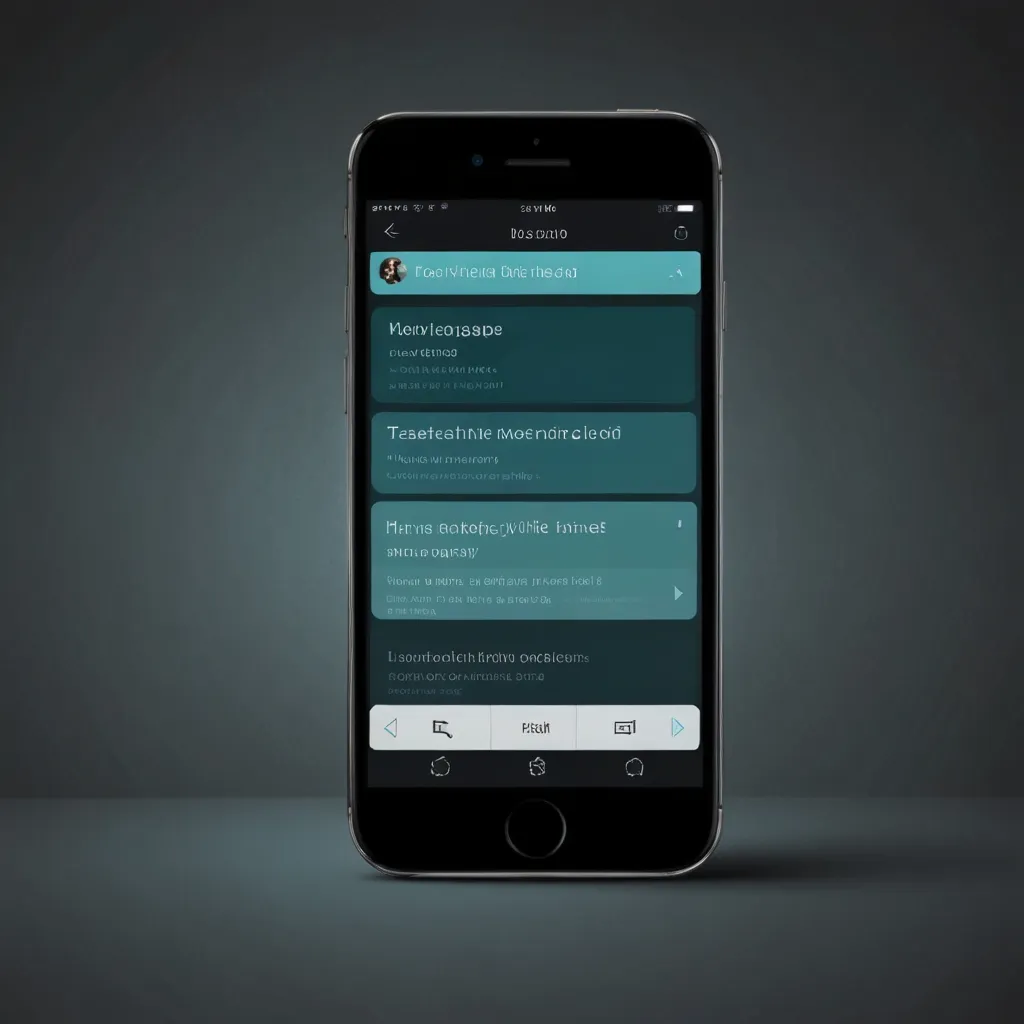If you’re diving into the world of single-page applications (SPAs) and hitting the walls, Backbone.js might just be your lifeline. Imagine building robust SPAs without constantly scratching your head about structure and maintenance. Backbone.js leverages the Model-View-Controller (MVC) design pattern to make your life easier. Stick around as we break this down in a chill, bite-sized manner that’s not going to overload your brain.
The Basics of MVC
To kick things off, let’s get a grip on what MVC even means. This pattern splits your app into three distinct parts:
Model: Think of this as the brain of your app. It handles the data and the business logic, figuring out what needs to be done with all that information. Imagine you’re developing a shopping list app; your model would decide what data (like item names and costs) to store.
View: This is the face of your app, showing the data and interacting with the user. Using our shopping list example, the view is what the user sees—the UI that lists out the shopping items.
Controller: Picture this as the bridge between the brain (model) and the face (view). It feeds data from the model to the view and manages user input. In our shopping list app, the controller lets users add or remove items, reflecting those changes in both the model and view.
How Backbone.js Uses MVC
Backbone.js is like MVC’s hip cousin, tweaking the traditional setup slightly. Here’s how:
Model: In Backbone.js, models are the data keepers. They handle everything from storing data to validation rules. Say you’re making a todo list app. Here, a TodoItem model might track attributes like description and completion status.
var TodoItem = Backbone.Model.extend({
defaults: {
description: '',
completed: false
},
toggleCompleted: function() {
this.set('completed', !this.get('completed'));
}
});
View: Backbone views show the data and listen for changes. In your todo app, a view might be a UI component letting users interact with TodoItem, toggling its completed status via a checkbox.
var TodoItemView = Backbone.View.extend({
tagName: 'li',
template: _.template($('#todo-item-template').html()),
events: {
'click .toggle': 'toggleCompleted'
},
toggleCompleted: function() {
this.model.toggleCompleted();
}
});
Router: Instead of a traditional controller, Backbone uses routers to connect URLs to actions. It adds a ton of flexibility, letting you decide how to organize your app’s flow without sticking rigidly to the MVC playbook.
Backbone.js Features that Make Development a Breeze
Here’s where Backbone.js starts to really shine. It’s packed with features that streamline SPA development:
RESTful JSON Interface: Backbone.js talks to your server-side API using RESTful JSON, making data interaction easy peasy with HTTP methods like GET, POST, PUT, and DELETE.
Models, Collections, and Views: These structured components help keep your app’s architecture clean. Models bind key-value pairs and throw custom events, collections come with a rich API of enumerable functions, and views handle declarative event binding.
Custom Events: Backbone.js lets you pop your own custom events anywhere you need them. This means you can easily sprinkle Backbone.Events into any object and bind/trigger events, making your app super reactive.
var MyModel = Backbone.Model.extend({
initialize: function() {
this.on("selected:true", function() {
console.log("Model selected");
});
}
});
Validation: Backbone models come with validation capabilities. Define a validate method to ensure all data is kosher before saving it. Any validation mishaps send error messages to keep you informed.
var MyModel = Backbone.Model.extend({
validate: function(attrs, options) {
if (attrs.end < attrs.start) {
return "Can't end before it starts";
}
}
});
Batch Operations: Whether you need to make individual Ajax requests or larger RESTful batch operations, Backbone.js has you covered.
var batchRequest = {
"create": [array of models to create],
"update": [array of models to update],
"destroy": [array of model ids to destroy]
};
Getting Your Hands Dirty with Backbone.js
So, Backbone.js sounds like a dream, right? Here’s how you can start building with it:
Define Models: Start by extending Backbone.Model. Add default attributes, validation rules, and any custom logic your app needs.
var Book = Backbone.Model.extend({
defaults: {
title: '',
author: ''
},
validate: function(attrs, options) {
if (!attrs.title) {
return "Title is required";
}
}
});
Create Views: Your views should extend Backbone.View. Specify tags, classes, and the events your view will handle.
var BookView = Backbone.View.extend({
tagName: 'div',
className: 'book-item',
events: {
'click .edit': 'editBook'
},
editBook: function() {
// Handle edit action
}
});
Setup Collections: By extending Backbone.Collection, collections can group models, making data retrieval and manipulation easier.
var BookCollection = Backbone.Collection.extend({
model: Book,
url: '/books'
});
Route with Routers: Define and connect URLs to actions by using Backbone.Router. This will guide your app’s navigation.
var AppRouter = Backbone.Router.extend({
routes: {
'books': 'showBooks',
'books/:id': 'showBook'
},
showBooks: function() {
// Handle showing all books
},
showBook: function(id) {
// Handle showing a single book
}
});
Wrapping it Up
Backbone.js is like that reliable friend who makes sure your dinner party runs smoothly. It separates responsibilities clearly, making your app easier to develop, test, and maintain. Whether you’re crafting a todo list or a complex app with tons of data, Backbone.js helps turn daunting tasks into manageable projects.
So, go ahead, give Backbone.js a whirl, and experience the Zen of building SPAs with a framework that knows how to keep complexity low and productivity high. 🎉






